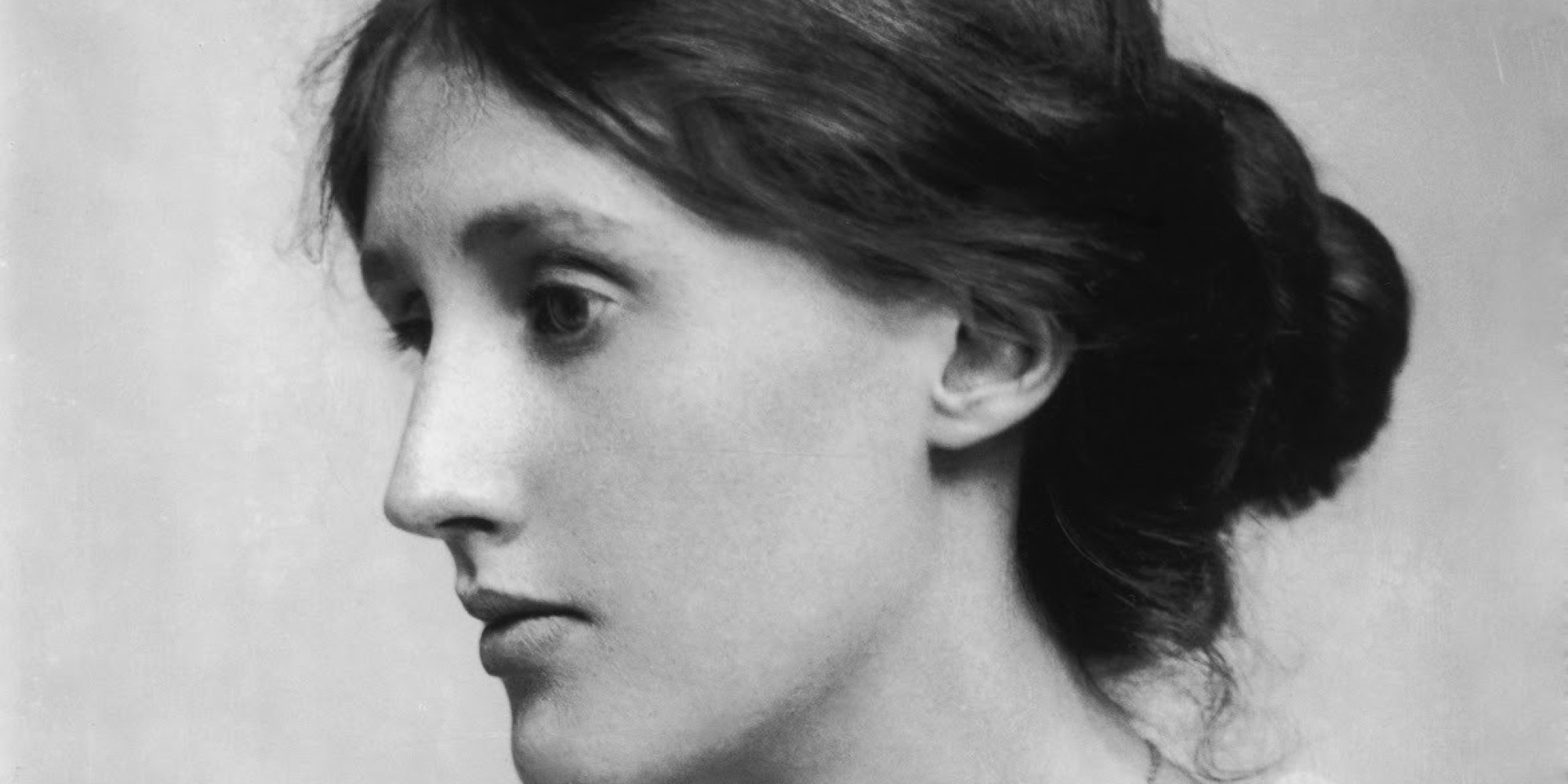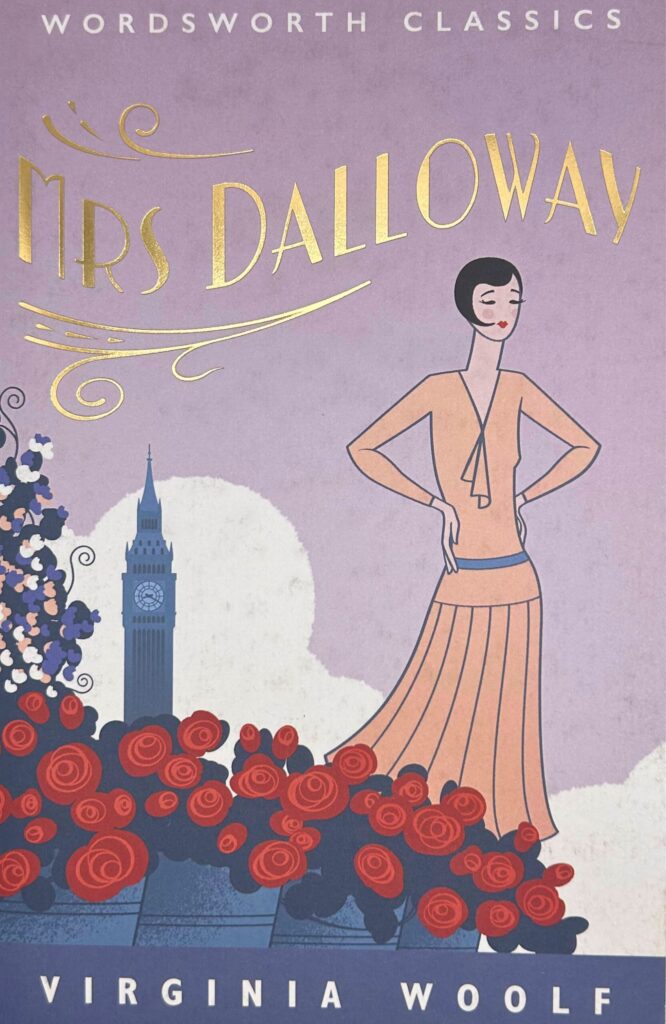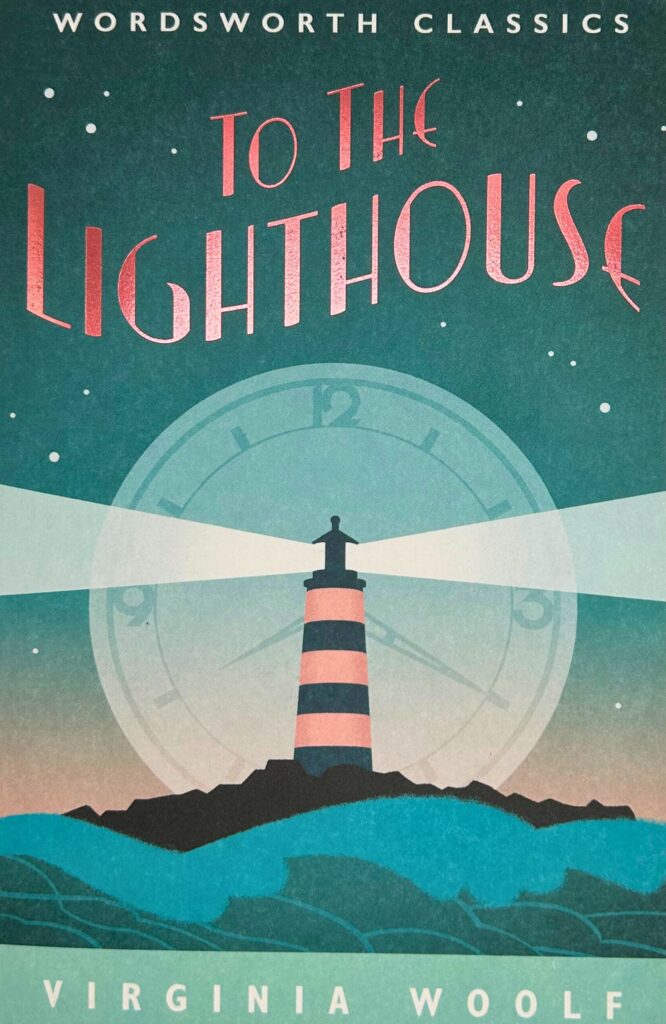
Virginia Woolf: January 25th 1882 – March 28th 1941
Sally Minogue considers the mental illness that had such an impact on Virginia Woolf’s life and work.
When Virginia Woolf walked into the River Ouse with stones in her pockets, on March 28th 1941, seventy-five years ago, she was ending a long struggle – with life, with the writing life, with a lifetime of mental illness, but also with the impulse towards death. She had her first mental breakdown at 13, triggered, unsurprisingly, by her mother’s sudden death; her second after her father’s death in 1904; and she attempted suicide in 1913, a year after her marriage to Leonard and six months after completing her first novel, The Voyage Out – a time when she should have been at her happiest and most fulfilled, as a person and as a writer. This last illness set a pattern; the creative effort of completing a novel was issued initially in euphoria but was often swiftly followed by depression and anxiety and a certainty that the work was no good. Her final illness struck her when she was revising what would be her last novel, Between the Acts, and as her suicide notes indicate, she could not face another bout of mental distress. Woolf often interspersed her more serious novels with lighter works, either novel with less serious intent, or frankly frivolous works such as Flush: A Biography. Perhaps she saw that she needed some delay of effort before she could embark again on the searing experience of writing experimental fiction which confronted the business of consciousness itself.
I am placing this emphasis initially on Woolf’s illness not because I consider it more important than her writing, or her life as a writer, but because I consider that it was heroic of her to continue writing fiction at all after that first suicidal episode. To that heroism, we owe some of the central, seminal works of English modernism (Mrs Dalloway, To the Lighthouse, The Waves), a new understanding of the possibilities of the novel, including what amounted to a new genre in Orlando, and the model of a female prose writer who incontestably holds her own with her male peers, James Joyce and D. H. Lawrence. Furthermore, A Room of One’s Own remains one of the most influential long essays of the twentieth century. But most of all we owe to Woolf that ability to look hard, to look with the writer’s cold eye, at the very thing which frightened her most. At many points in her novels, but also more revealingly in her letters and diaries, Woolf confronts what she at various times calls the ‘vacancy and silence somewhere in the machine’ (Diary, October 11, 1929), or life as ‘a little strip of pavement over the abyss’ (Diary, October 25, 1920), or the feeling of being ‘driven by loneliness and silence from the habitable world’ (Diary, October 11, 1929).
Much of Woolf’s narrative experimentation was in the service of finding a formal, and appropriately cool, the accurate expression for these feelings and experiences which are, by their nature, elusive. In Mrs Dalloway, she does it by juxtaposing the consciousness of Clarissa Dalloway, ostensibly a shallow London socialite giving a party, with that of Septimus Smith, a First World War veteran. While Septimus is the more obviously damaged, seeing his dead friend Evans popping up as he walks around a London park, Clarissa is haunted by both the fear of and the desire for death. To state it thus crudely is to do Woolf a disservice; her mastery is to weave the two consciousnesses together through the process of one normal day in London. The ordinary, even the ridiculous, jostles with the profound, reminding us that even as people are in suicidal despair, they are also (in George Orwell’s aperςu in ‘A Hanging’, 1931) stepping to one side to avoid a puddle. In To the Lighthouse, the whole tripartite structure of the novel mimics the way that death can suddenly remove meaning from life. The first section, ‘The Window’, gives us the Ramsay household in full flow, with Mrs Ramsay its presiding force and arbiter, giver of good things and cynosure of eyes. The second section, ‘Time Passes’, has the chill indifferent light of the eternal stars shining through it, and in one brutal parenthesis consisting of two sentences – what the critic Randall Stevenson has called ‘one of the most disturbing moments in twentieth-century fiction’ – we learn that Mrs Ramsay has died. She has died in passing, by the way, relegated to a bracket. The third section, ‘The Lighthouse’, never really recovers – nor is it meant to.
When her mother died suddenly in 1895, Virginia, at the difficult age of 13, was taken to kiss her mother goodbye; as she approached the body, she records seeing a nurse sobbing ‘and a desire to laugh came over me, and I said to myself … “I feel nothing whatever”’ [‘A Sketch of the Past’ in Moments of Being, ed. Jeanne Schulkind, Triad/Granada, London, 1978, p. 107.] Even allowing for the fact that Woolf is reflecting back from a distance of 40 plus years, this is a moment of classic dissociation, and Woolf notes that it was her characteristic response ‘in moments of crisis since’. The feeling nothing was at one end of the seesaw from the pain she suffered in her episodes of mental illness, and surely lies behind her acute sense of the void below what was often for her certainly also the active, happy, fulfilled business of a creative life. Sometimes she attempts a midway response, a sort of bravado, as when she says (speaking of a friend’s death), ‘I do not any longer feel inclined to doff the cap to death. … That is the effect it had on me – no leavetakings, no submission – but someone stepping out into the darkness.’ [Diary, April 8, 1925] Leonard notes, writing about her death in his Autobiography of the years 1939-1969 [The Hogarth Press, London, 1969] that death ‘was always present to her’ (p. 74). Woolf was in many of her novels giving mature expression, after mature reflection, to the contradictions of feeling and consciousness that surround the ever-presentness of death. As we remember her own deliberate stepping out into the darkness, let us as readers doff our caps to her, and to the work she had the courage to write.
Books associated with this article

Mrs Dalloway
Virginia Woolf

Orlando
Virginia Woolf

A Room of One’s Own & The Voyage Out
Virginia Woolf

To the Lighthouse
Virginia Woolf
